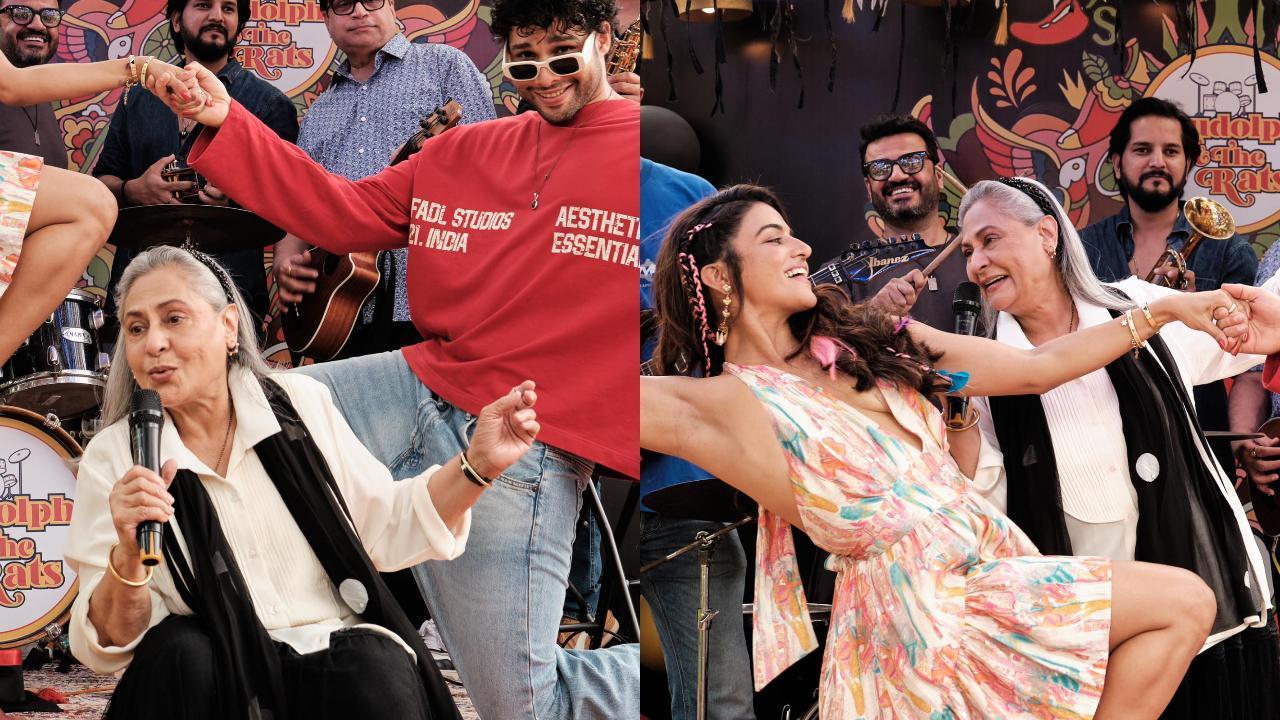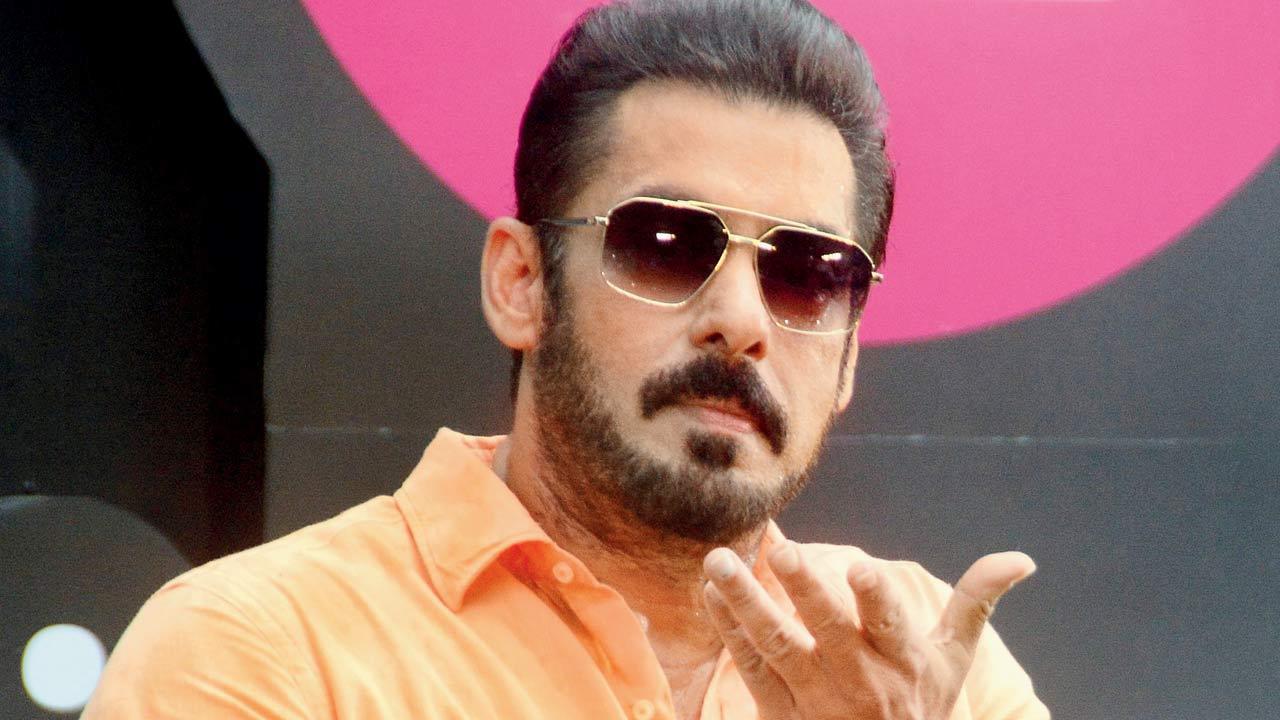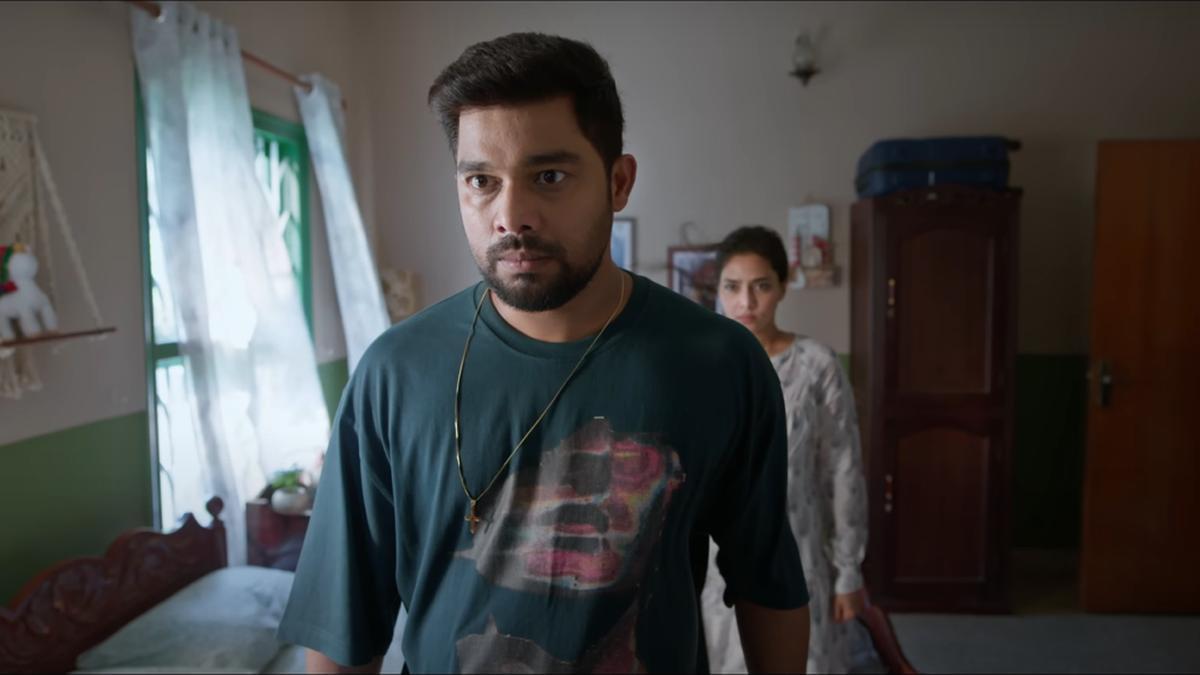
A needle spinning between cities, film photos, a wire garland around a photo of a beloved inventor— amidst this collage of yesteryear treasures, the radio stands as an erstwhile companion to many, now relegated to the ranks of cherished antiquities. Its enchanting story unfolds as the central narrative of the acclaimed documentary ‘My Radio, My Life’. Organized by Timecap documentaries and directed by the duo of Makarand Waikar and Bidit Roy, this film premiered for a select audience at the National Film Archives of India on February 13, 2024, resonating with the spirit of UNESCO’s World Radio Day.
A tribute to the bygone era of the radio, this 68-minute journey weaves through the fabric of collective memories, evoking the simpler times when radio was not just an entertainment tool but an integral part of the middle-class household. The documentary acquires an unplanned poignancy as it serendipitously follows the recent loss of Ameen Sayani, an iconic radio voice that defined an era, who passed away on February 21, 2024, at the age of 91.
The heart of the documentary lies in its evocative exploration of personal recollections with the radio, a quest embraced by the research team led by Simantinee Bhagwat. Steering away from a dry, technical retrospective, the team roots the narrative in passion and the emotive ties people have with radio, illustrated by stories filled with fervor, sentimentality, and an ache for the past.
The radio, as depicted by the co-director and producer Makarand Waikar during the launch, is a subtle force in life’s backdrop, unlike the invasive gadgets of today—it is a humble guest, never an obsession. Bidit Roy, co-director, engages viewers with a poignant remembrance of his own grandfather’s deep affection for his transistor radio—a testament to the intimate relationship between radio and listener.
Garnering accolades including best documentary nominations and victories at 80 different festivals spanning 35 countries, the documentary experienced its first screening to the public last week, with an online release still awaited.
The nostalgic expedition begins with a powerful quote from author Peggy Noonan that underscores radio’s unique ability to conjure endless universes within the minds of its listeners. Sparking the imagination, the narrative commences its voyage into the past with Dr. V Nallathambi, who broadcasted humanity’s triumphant Apollo 11 moon landing to the Tamil-speaking world.
Dr. Nallathambi, originally an AIR Trichy announcer and a Tamil teacher, recounts his recruitment by Voice of America and the intense half-year buildup of programming leading to that historic lunar touchdown. His candid retelling reveals the challenges of translating not just words but concepts, grappling with scientific terms utterly foreign to many languages, including Tamil.
Intersecting Dr. Nallathambi’s tale is that of Vijay Deodhar, a retired librarian in Pune who embarks on a quest to resurrect the dormant melodies of his 1964 Bush SW/AM radio, once bought with his first salary. His narrative unfolds a quest stretching from enthusiast groups to city streets in search of elusive repair tricks—an odyssey echoing the intrinsic value he attaches to this modest device.
The story spans diverse individuals, from the familiar voices of Vividh Bharati’s Yunus Khan and Mamta Singh to the adventures of radio amateurs like Bharat Prasad, a HAM radio enthusiast, and the soul-stirring accounts of radio restorer Uday Kalbhurgi of Bangalore, whose anecdotes breathe life into a vast array of vintage radios, each with its melody and memory.
While the documentary grips audiences with stories of the past, it also pivots unexpectedly to the present, showcasing the exuberance of students at the Janaki Devi Public School in Mumbai as they envision the future of radio. These segments feature the clear contrast between the sepia-toned reflections of seasoned radio lovers and the fresh perspectives of youth crafting their narrative in 2122.
As the documentary concludes, it envelops viewers in a profound sense of nostalgia, weaving together life’s simple joys, like crosswords and cricket games, with evocative watercolor scenes depicting the recounted memories. The shared stories resonate not just with prior generations; they bridge time, awakening recollections of those quiet afternoons drifted by the radio’s enchanting tunes.
The journey of ‘My Radio, My Life’ is an homage to an unobtrusive friend, the radio, and its enduring impact as it transitions from a vibrant heartbeat of homes to a reverent relic of a cherished era. For more insights and updates, the forthcoming online release can be followed at the official website https://myradiomylife.com/.










